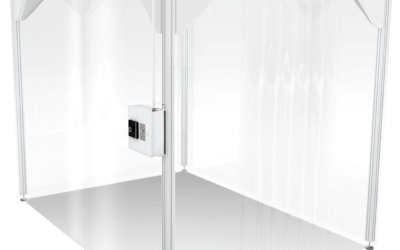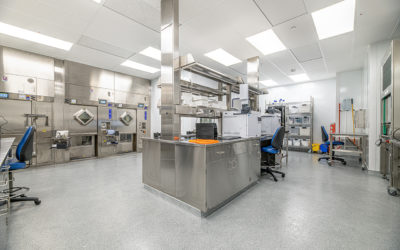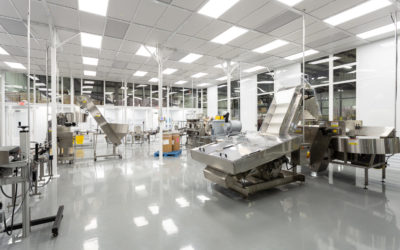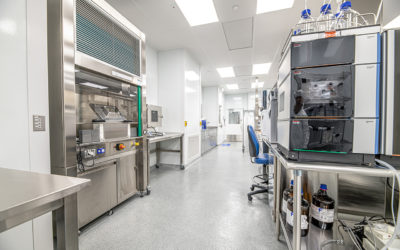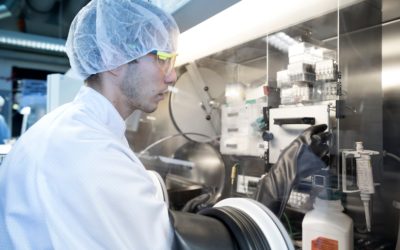Explore Our Blog
Cascading Cleanroom Pressure: Explained
You probably already know how important proper air filtration is in meeting your cleanroom’s ISO requirements. But what you may not realize is how important some other environmental factors are as well. Things like temperature, humidity, static, and pressure all need...
ULPA vs. HEPA Filters for Cell & Gene Therapy Cleanrooms
In the past couple of years, cell and gene therapies have been recognized as viable forms of treatment for life-threatening conditions, leaving many healthcare professionals excited about putting more effort into researching, developing, and distributing them. But in...
SoftWall Cleanroom Features
There are three common types of cleanrooms: HardWall, SoftWall, and RigidWall. The differences behind each of them lie in their materials, construction, layout, level of environmental control, and more. While all of them are great cleanroom options, one may be better...
What Is a Cell and Gene Therapy Cleanroom?
Cell and gene therapy are two fairly new practices within the medical field. However, they’ve recently become recognized as viable forms of treatment for various life-threatening conditions. As their popularity increases among healthcare providers worldwide, there’s...
Your Guide to Radiopharmaceutical Cleanroom Design
Used to diagnose and treat life-threatening diseases, radiopharmaceuticals make up a relatively new sector in the field of medicine. And, due to their radioactive nature, they need to be managed and manufactured a bit differently than traditional pharmaceuticals. This...
What to Expect from the Cleanroom Design Process
If your facility has decided to invest in a new cleanroom, it can easily become an overwhelming task. Not only is it difficult to find the information you need, but it’s also difficult to understand when you do find it, as it’s often written in highly technical...
Cleanroom Installation FAQs
Looking for more information about the cleanroom installation process? You’re in the right place. Below, we’ve answered ten of our most frequently asked questions regarding cleanroom installation, so you can gain a better understanding of what the process involves. ...
All About Medical Packaging Cleanrooms
There are a lot of steps that go into the safe research, testing, and production of medical products — but the process doesn’t stop there! Once medical products are tested and manufactured, they need to be packaged and distributed safely as well. That’s where medical...
What Are Radiopharmaceuticals?
Here at Angstrom Technology, our experts have recently put the finishing touches on another exciting project: a radiopharmaceuticals cleanroom! Not sure what a radiopharmaceuticals cleanroom is, or what it entails? We’ll walk through the details below. What Are...
Fire Safety in Aerospace & Defense Cleanrooms
Aerospace and defense cleanrooms already work hard to protect sensitive equipment and materials from the various risks associated with contaminant particles. However, designers also need to be aware of another significant risk these cleanrooms can bring to facilities,...
Pharmaceutical Cleanroom Maintenance Tips
If you work in the pharmaceutical industry, you know that even the slightest bit of contamination could drastically disrupt your production line and affect the safety of consumers. Because of this, it’s not only important to perform operations within a cleanroom, but...
What Is a Glove Box in a Cleanroom?
There are a lot of factors to consider when designing a cleanroom for your facility, from determining the size that will hold all of your equipment, to choosing the ISO classification that ensures the proper amount of cleanliness, and more. One of the final decisions...
Get Instant Access To Our Cleanroom Design Guide
The Most Comprehensive Guide for Cleanrooms and Modular Offices




